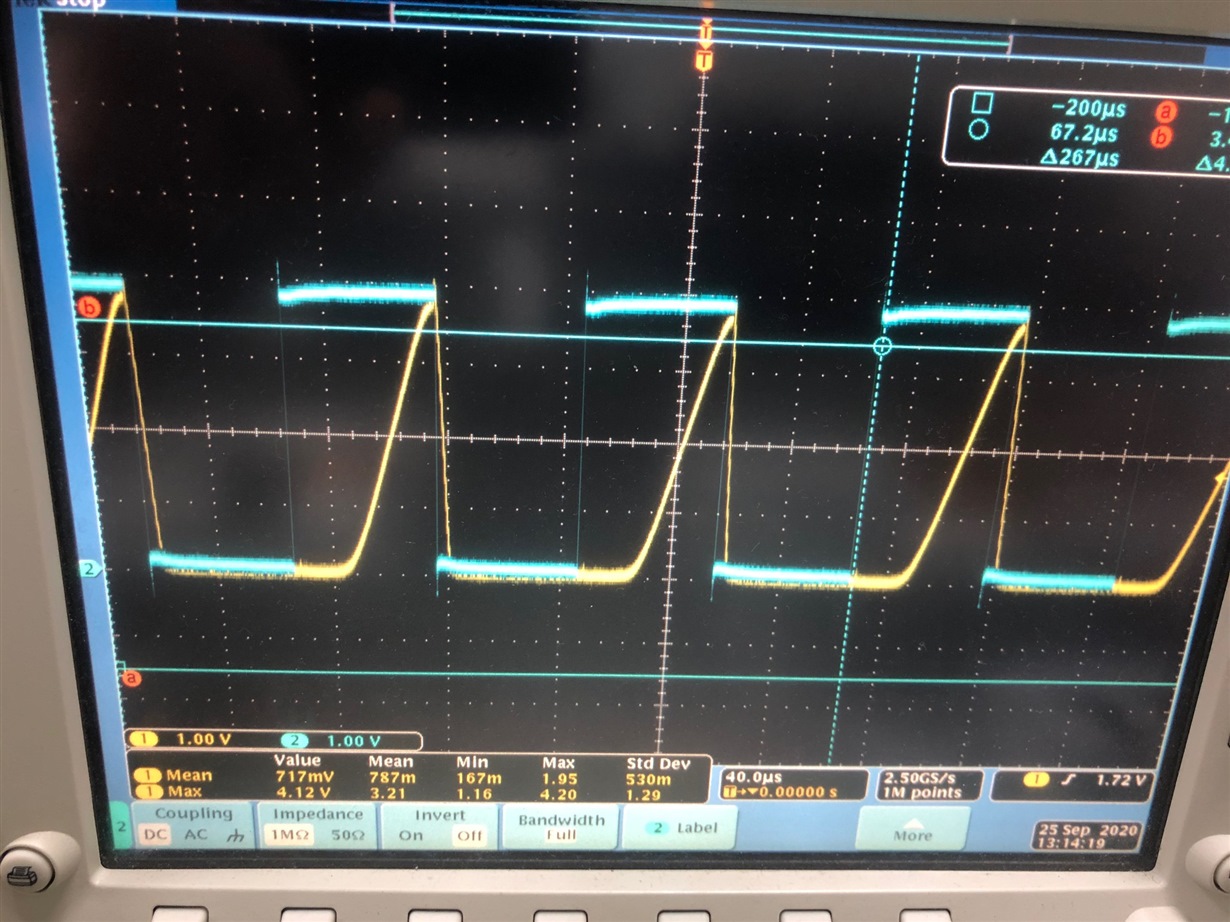Dear TI Masters,
I'm looking for a voltage to current converter, able to provide 0 to 28mA output current.
In an earlier post, this was answered:
How about XTR111?
It can support up to 36mA with the external MOSFET.
Or you can consider the Howland current pump circuit with opamps, referring to the below application note.
http://www.ti.com/lit/an/snoa474a/snoa474a.pdf
If you ere interested in this circuit, I would recommend INA592 and OPA192.
Thank you and Best regards,
Iwata Etsuji
Will the XTR111 with external mosfet have a good response for frequencies up to 40kHz, or for this frequency should I follow the Howland current pump suggestion?
Thanks!



